AO Edited
Frank Lloyd Wright's Burnham Block
Six tiny houses built for working class people form the largest intentional cluster of Wright homes anywhere.
These small houses feel very much like miniature versions of Frank Lloyd Wright’s famous homes for the rich. They too have flat roofs, central hearths, and lots of wood, though it’s cheap gumwood stained to look like walnut. The bedrooms are tiny, and the kitchen in one house is so awkward that you’re in danger of falling down a staircase when you open the fridge.
Every house Wright ever built is grander than the tiny homes he built on the western edge of Milwaukee, but arguably none is more ambitious. In the early years of the 20th century, Wright fixated on the problem of economical, excellent housing for working people. In 1915, he thought he solved it.
Wright teamed up with Milwaukee developer Arthur L. Richards on a grand plan to build wonderful houses for low and middle-income Americans. Wright conceived and designed what he called American System-Built Homes, a collection of almost-but-not-quite-pre-fab small houses. Wright and Richards intended to turn American System-Built Homes into a huge enterprise, competing with Sears Catalog Houses.
Between 1915 and 1917, Wright churned out more than 900 drawings and more than 30 house models. (The man who would build “Fallingwater” and “Usonia” uncharacteristically gave these houses less-than-evocative names like “Model B1” and “Model C3.”)
Richards chose the 2700 block of W. Burnham Street in southwestern Milwaukee to test the concept. He completed six houses on the block quickly; two one-story houses of fewer than 1,000 square feet, and four two-story houses, each of which contained two apartments. The one-story house sold for $3,000, which was more than Sears houses, but way less than architect-designed homes of the time.
But unfortunately, the American System-Built Homes failed to revolutionize American housing, and they were a fiasco as a business. Wright and Richards immediately had a falling out, with Wright successfully suing the developer for non-payment. Only about a dozen of the houses were ever built: the six on Burnham Street and others scattered in Wisconsin and Illinois.
The Burnham block houses were largely forgotten by Wright fans and gradually altered by their owners. Porches were enclosed. One owner clad their house in vinyl siding, which caught the attention of Wright admirers and horrified them. Another owner replaced the flat roof with a Pizza-Hut-style red roof.
In recent years, a nonprofit called Frank Lloyd Wright’s Burnham Block has been buying up the houses and restoring them. They now own four of them, including the Pizza Hut-esque house and the one shielded with siding. They’ve fully restored one and as of mid-2018 are partway through the restoration of a second, which they plan to rent out for overnight stays. (You can also spend the night in one of the two privately owned houses.)
The Atlas Obscura Podcast is a short, daily celebration of all the world’s strange and wondrous places. Check out this episode about Frank Lloyd Wright’s Burnham Block.
Know Before You Go
Guided tours are offered on Friday and Saturday afternoons from May through September, and on some Saturday afternoons during the rest of the year.
Community Contributors
Added by
Edited by
Plan Your Trip
The Atlas Obscura Podcast is Back!










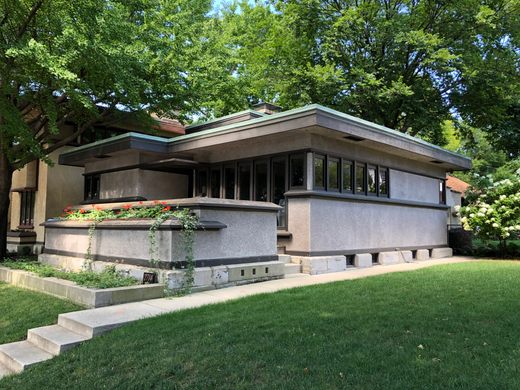









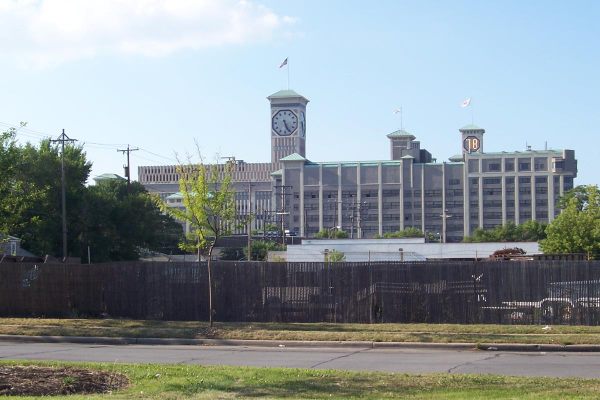
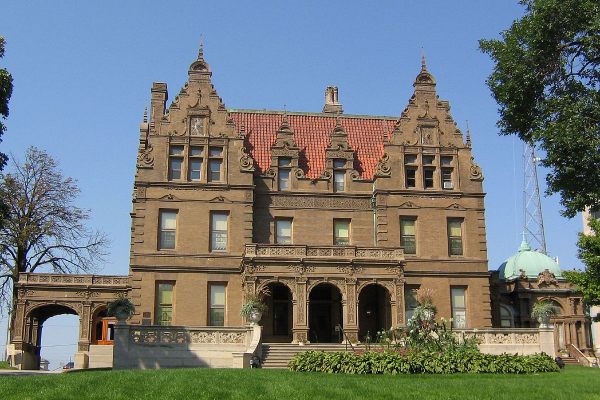

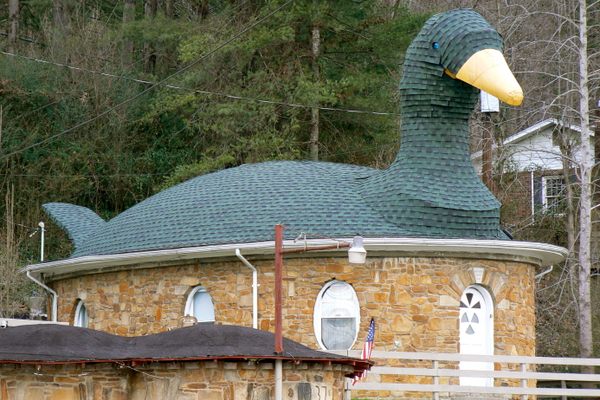
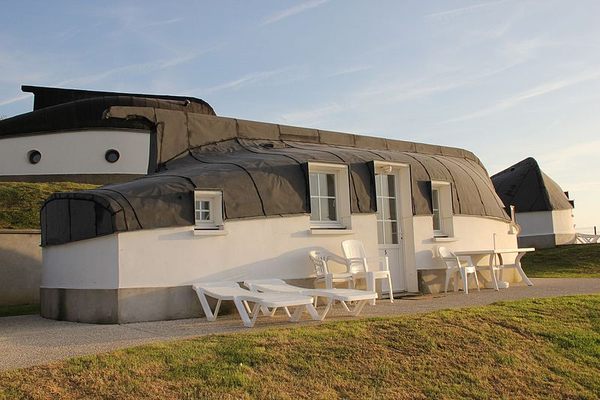
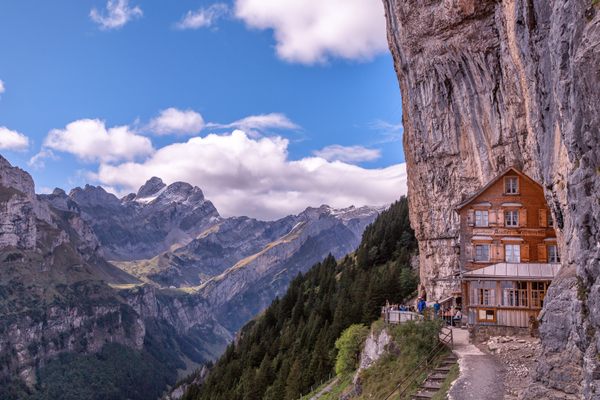


Follow us on Twitter to get the latest on the world's hidden wonders.
Like us on Facebook to get the latest on the world's hidden wonders.
Follow us on Twitter Like us on Facebook